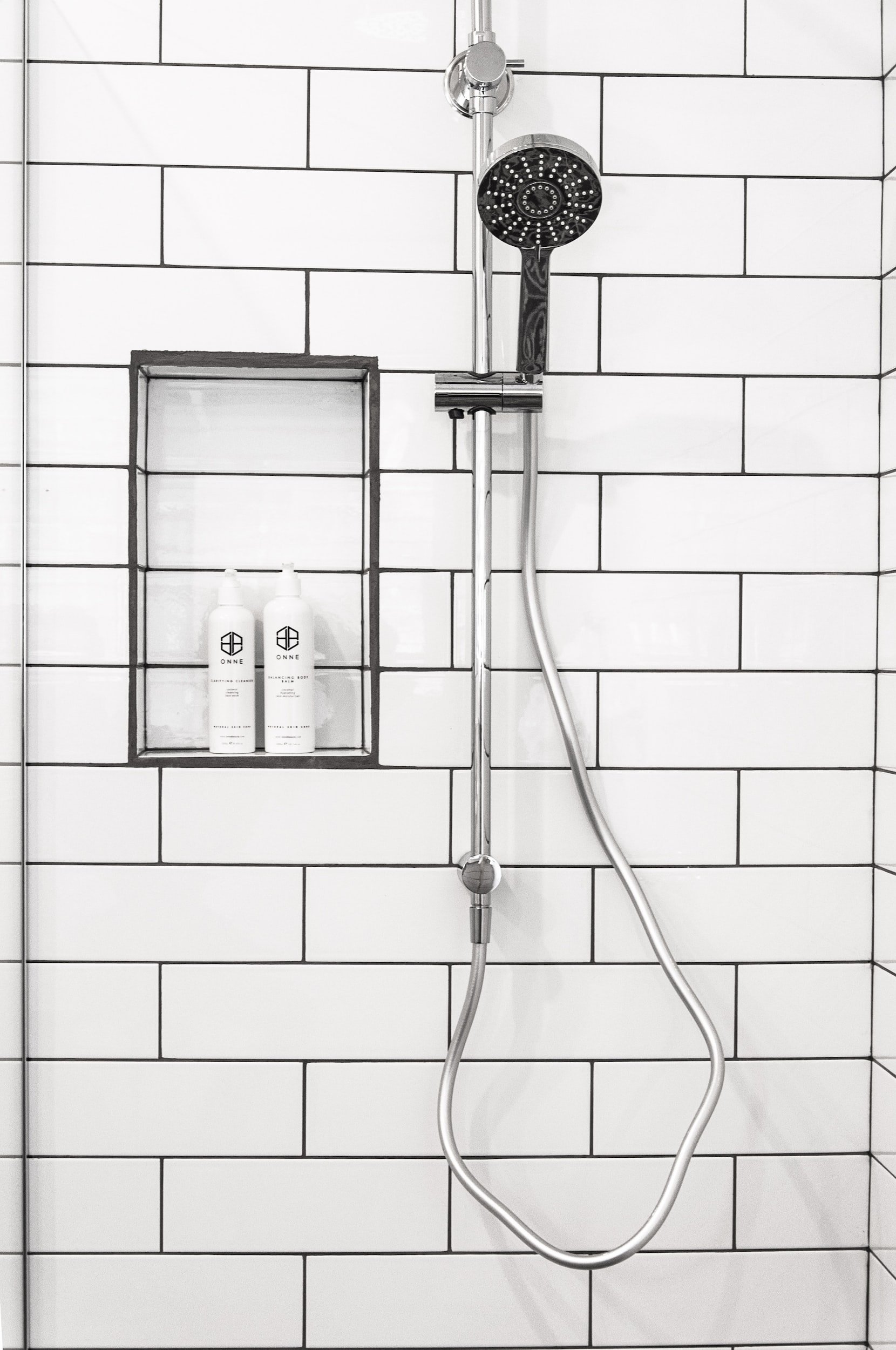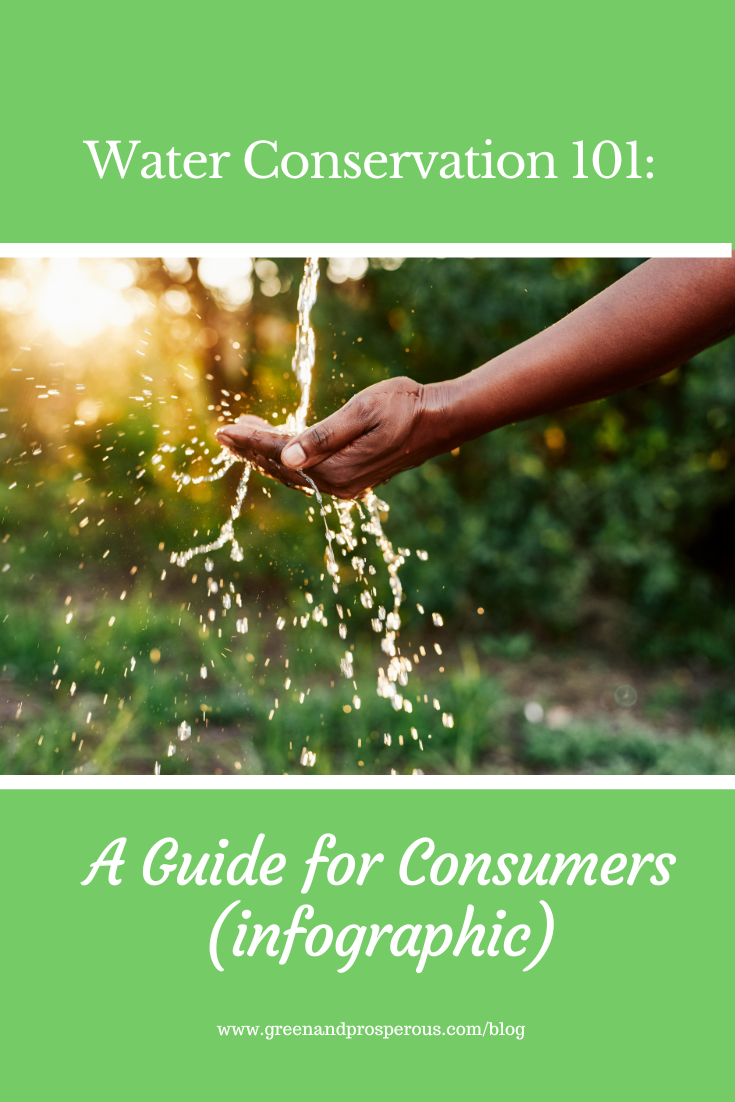Water Conservation 101: A Guide for Consumers (infographic)
/Want to help protect the Earth and its dwindling finite resources? There are lots of ways to get started! From following strict recycling practices to avoiding single-use plastics, people everywhere can take small steps that have the potential to add up to a big difference. One area in particular that’s easy to make a change and live green is in water conservation.
Below, we’ll go over the importance of water conservation and a few of the modifications consumers can make to curb water waste at home.
Although it may not seem like it, fresh water is a finite resource. Even in regions where water is seemingly abundant, it’s essential to cut back on waste. In addition to preserving the world’s drinking water, conservation also works to prevent pollution in nearby water sources and lessen the emissions of greenhouse gases associated with water treatment and distribution. On a private level, reducing waste helps save money on your utility bills and may even extend the life of your septic system.
One of the simplest steps to decrease the amount of waste in your home is to upgrade your fixtures and appliances. For instance, by replacing an outdated washing machine with a high-efficiency, Energy Star rated model, you could use 50% less energy and 35-50% less water per load! If that’s not in the budget, smaller alterations to consider include installing an adjustable toilet flapper or a WaterSense labeled faucet aerator in the bathroom or kitchen sink. These tools help to shrink waste by inconspicuously limiting water use during your day-to-day activities.
Showering — although necessary — can be a prominent source of water waste in many homes. To combat this, there are inexpensive fixes specifically for the shower, such as water-saving showerheads and shower timers. Changing showering behavior and habits can also be a big water saver. It’s advised to take shorter showers as long ones can waste five to ten gallons for every extra minute.
Another lifestyle change could be to avoid using the toilet as a wastebasket or ashtray. Small pieces of trash or cigarette butts should be discarded in the garbage or recycled if possible. Likewise, make sure your dishwasher and washing machines are fully loaded before hitting the start button. You could also set these appliances to the cold setting to further conserve energy.
On a larger scale, one approach to water conservation you may not have considered is to fight for change within your municipal government. Innovative technology, such as utility billing software, can help municipalities streamline operations, improve their customer’s utility management and boost conservation efforts throughout the community.
Want to learn more? Check out the accompanying resource for additional tips on conserving water in your home!
like this? Please pin!
About the author:
Tom Tobin is President of Diversified Technology. Tobin has more than 30 years of experience serving municipalities and municipal utilities. After representing Diversified Billing's predecessor software for 15 years, he bought the rights to the software and founded Diversified Technology in 2007. For the last 15 years he has grown the business to serve more than 350 clients that use the software to generate more than 7 million utility bills annually.









































In a world increasingly focused on sustainability and environmental health, one of the most pressing challenges we face is PFAS contamination. Known as “forever chemicals” for their persistence in the environment, PFAS are a testament to the unintended consequences of human innovation. These chemicals have infiltrated ecosystems, contaminating water supplies, soil, and food chains. However, the growing awareness of this issue brings hope, as solutions are emerging — and they begin at the source.